87 Facts about Albania
From its Stunning Landscapes to its Rich Culture and History
Albania is a country located in Southeast Europe, on the Adriatic and Ionian Sea coast. It has a diverse landscape, including mountains, beaches, and lakes.
Geographic
- Albania is a country located in Southeast Europe, on the Adriatic and Ionian Sea coast.
- It is bordered by Montenegro to the northwest, Kosovo to the northeast, North Macedonia to the east, and Greece to the south and southeast.
- The capital and largest city of Albania is Tirana.
- The official language is Albanian.
- The country has a population of approximately 2.9 million people.
- The terrain of Albania is mostly mountainous, with the Albanian Alps in the north and the Shkoder Lake District in the northwest.
- The country has a Mediterranean climate, with mild winters and hot summers.
National Symbols
- The Flag of Albania: A red flag with a black, two-headed eagle in the center.
- The Coat of Arms of Albania: A black, two-headed eagle on a red field with a golden border.
- The National Anthem of Albania: “Himni i Flamurit” (The Hymn of the Flag)
- The National Flower of Albania: The rose.
- The National Tree of Albania: The oak.
- The National Animal of Albania: The golden eagle.
- The National Bird of Albania: The eagle.
- The National Fish of Albania: The trout.
- The National Instrument of Albania: The lahuta (a traditional one-stringed instrument)
- The National Sport of Albania: Football (soccer)
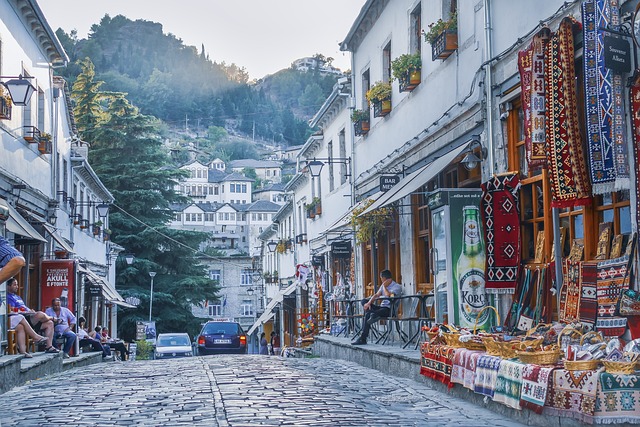
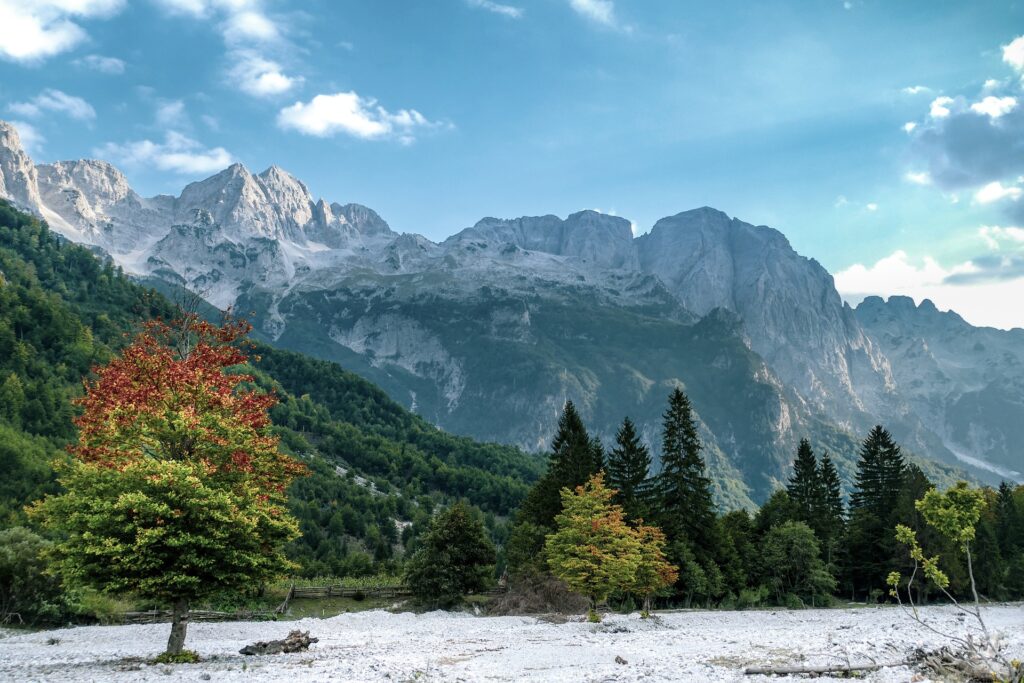
Political
- Albania is a parliamentary representative democratic republic.
- The President of Albania is the head of state and the Prime Minister is the head of government.
- The Parliament of Albania is unicameral and comprises 140 members.
- The judiciary is independent and the country has a multi-tiered system of courts.
- Albania has been a member of the United Nations since 1955.
- Albania is a member of NATO since 2009
- Albania is a member of the European Union since 2020
- Albania is a member of the Organization for Security and Co-operation in Europe (OSCE)
- Albania is a member of the Union for the Mediterranean since 2008
Cultural
- Albania has a rich cultural heritage, with influences from the ancient Illyrians, Greeks, Romans, and Ottomans.
- The Albanian language is unique and not closely related to any other language in the world.
- Albania is a majority Muslim country, with a significant minority of Orthodox Christians and Catholics.
- Albania is known for its traditional clothing, including the “fustanella” for men and the “xhubleta” for women.
- Albania is known for its traditional cuisine, including dishes such as “byrek,” “qofte,” and “fergesë.”
- Albania is known for its traditional crafts, such as silver filigree and hand-woven textiles.
- Albania has a strong tradition of hospitality and guests are always welcomed with food and drink.
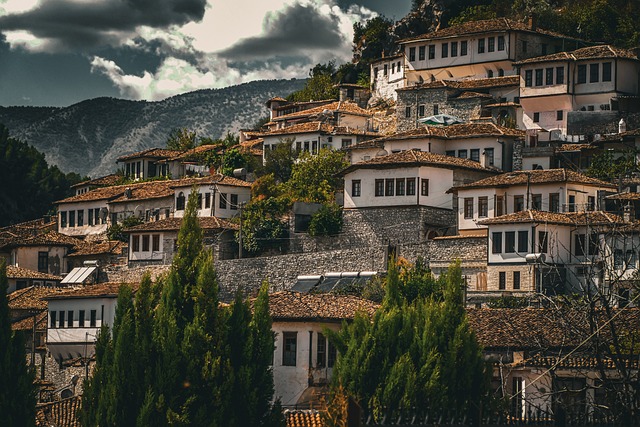

Economic
- The country’s GDP per capita is relatively low compared to other European countries.
- Agriculture is an important sector of the economy, with crops including olives, fruits, vegetables, and tobacco.
- The country has significant reserves of oil, natural gas, and minerals such as chromium, copper, and iron ore.
- The country has a growing tourism industry, with attractions including beaches, historical sites, and natural landscapes.
- Albania has a relatively high unemployment rate.
- Albania’s trade is largely dominated by exports to European countries.
- Albania is member of the World Trade Organization since 2000
- Albania is a member of the Central European Free Trade Agreement (CEFTA) since 2006

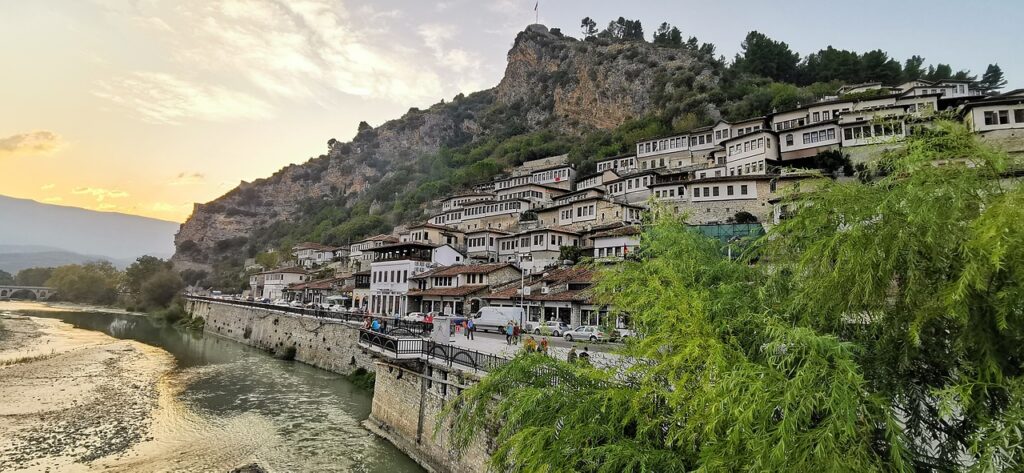
Art, Music, Poetry and Litrature
- The Albanian epic poem “The Song of the Highland Lute” (Kënga e Maleve) is a significant cultural treasure that tells the story of the Albanian people and their history.
- Traditional Albanian music is known for its unique blend of influences from the Ottoman Empire, Greece, and the Balkans.
- The “çiftelia” and “shota” are traditional instruments used in Albanian music.
- Albania has a long history of oral tradition and storytelling, with the “besa” (a code of honor and hospitality) playing a significant role in Albanian culture.
- Albania has produced many notable poets and writers, including Ismail Kadare, who is considered one of the most important writers of the 20th century in the country.
- Traditional Albanian literature is often rooted in folklore and oral tradition and is known for its rich imagery and symbolism.
- Albania is home to several museums and galleries that showcase the country’s rich artistic heritage, including the National Historical Museum and the National Art Gallery.
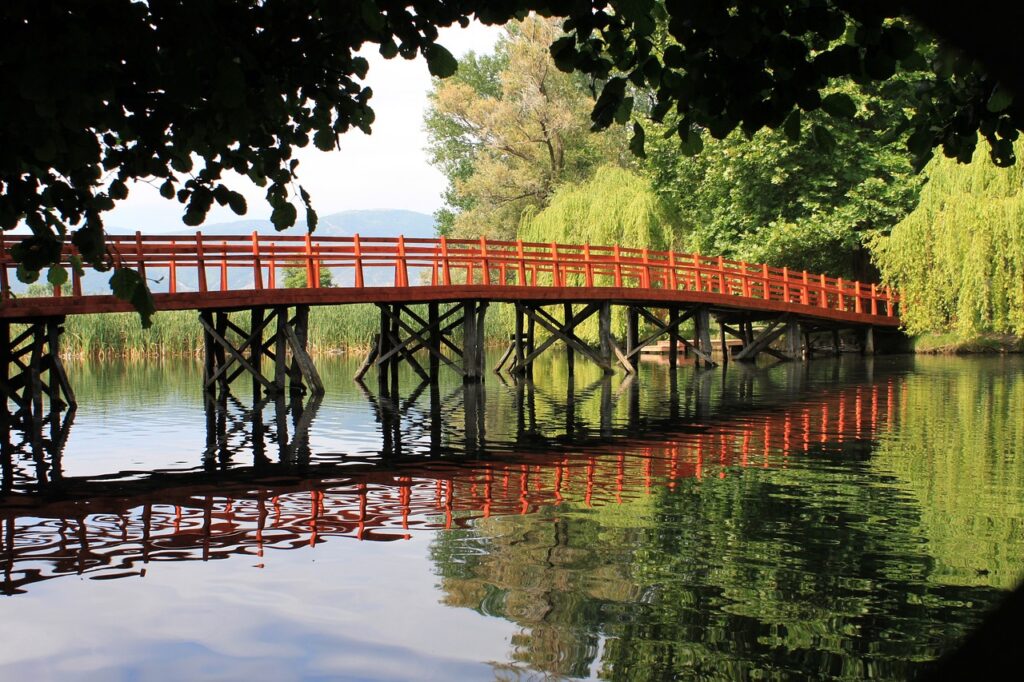
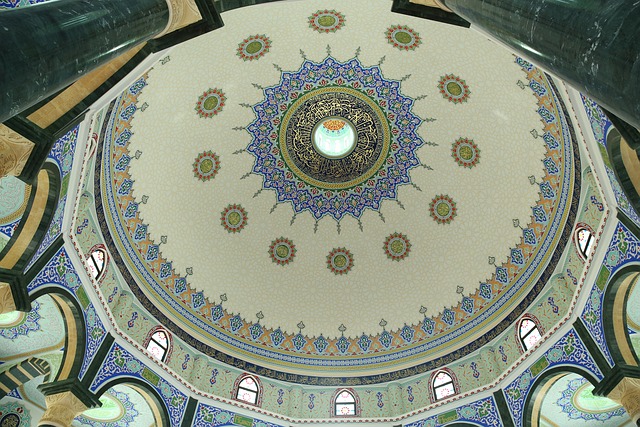
Sports
- Football (soccer) is the most popular sport in Albania, with the national team and league teams having a dedicated fan base.
- Albania has had some success in international football competitions, including qualifying for the 2016 European Championship.
- Other popular sports in Albania include basketball, volleyball, weightlifting, and wrestling.
- Albania has produced several notable athletes in these sports, including weightlifter Hysen Pulaku, who won the country’s first Olympic medal in 1996.
- Albania has a long-standing rivalry with neighboring Serbia in sports, particularly in football.
- Albania has a good tradition in wrestling and weightlifting, being known as the “Land of Eagles” for the wrestlers.
- Albania has several sports clubs, the most popular are Tirana, Skënderbeu, Partizani and Dinamo Tirana.
- Albania has several annual sports events such as the National Sports Festival, the Albanian Superliga and the Albanian Cup
- Albania is becoming increasingly popular as a destination for outdoor sports such as hiking, skiing and climbing, as it is home to many beautiful landscapes and national parks.
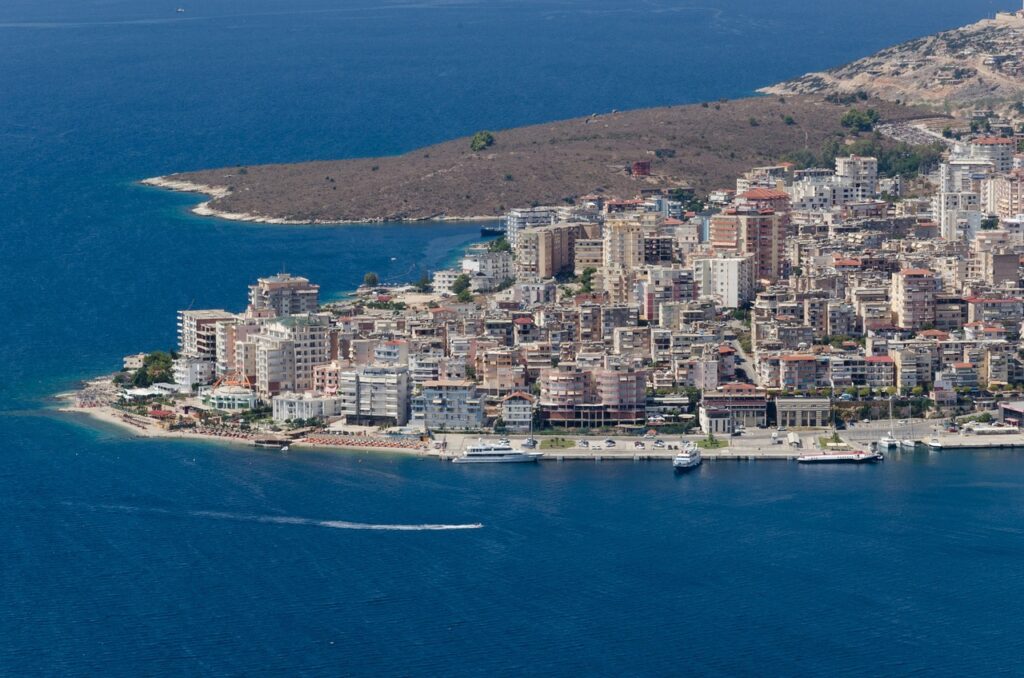

Festivals and Celebrations
- Albania has a rich tradition of festivals and celebrations, many of which are rooted in ancient customs and religious beliefs.
- The most important national holiday in Albania is Independence Day, celebrated on November 28th, which marks the country’s independence from the Ottoman Empire in 1912.
- New Year’s Eve and New Year’s Day are also widely celebrated in Albania, with traditional food and fireworks.
- The Martyrs’ Day is celebrated on March 11th, in memory of the victims of the communist regime
- The Summer Day is celebrated on March 14th, it is a day of Albanian culture, it is celebrated with traditional music, dance, and food.
- The Nowruz is celebrated on the first day of spring, it is a traditional Persian festival that has been celebrated in Albania for centuries.
- The Easter is celebrated with many traditional customs, such as the “xhenxhefili” (the traditional decorated eggs)
- The Dita e Verës (Summer Day) is celebrated on March 14th, it is a day of Albanian culture, it is celebrated with traditional music, dance, and food.
- The Dita e Flamurit (Flag Day) is celebrated on November 28th, it is a day to honor the Albanian flag and the country’s independence.
- The Dita e Nënës (Mother’s Day) is celebrated on March 8th, it is a day to honor mothers and motherhood.
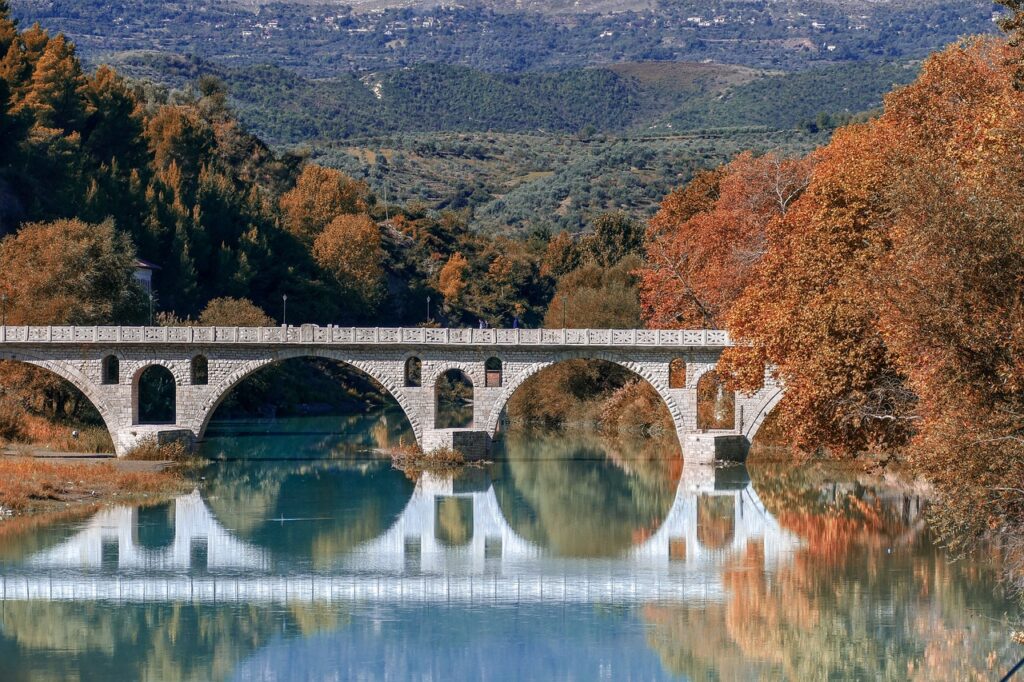

Famouse Personalities
- Mother Teresa, Catholic nun and missionary who was born in Skopje, now in North Macedonia, but spent much of her life in Albania. She was canonized as a saint in 2016.
- Ismail Kadare, a famous Albanian novelist, poet, and playwright who is considered one of the most important writers of the 20th century in the country.
- Skanderbeg, a national hero of Albania, who led the resistance against the Ottoman Empire in the 15th century.
- Fan Noli, an Albanian bishop, writer, and politician who played a significant role in the country’s independence and cultural development in the 20th century.
- Edi Rama, the current Prime Minister of Albania and a prominent contemporary artist and politician.
- Elbasan Ismaili, is a retired professional footballer and coach, He is considered one of the best football players in Albania.
- Taulant Xhaka, is a professional footballer who plays as a central midfielder for his national team and the German club FC Augsburg.
- Arta Marku, is a contemporary artist who is known for her sculptures and installations that explore themes of gender and identity.
- Lefter Koka, is a former Albanian professional footballer who is considered one of the best players in the history of Albanian football.
- Gjergj Fishta, was an Albanian Catholic priest, poet, and writer. He is considered one of the most important figures in Albanian literature.

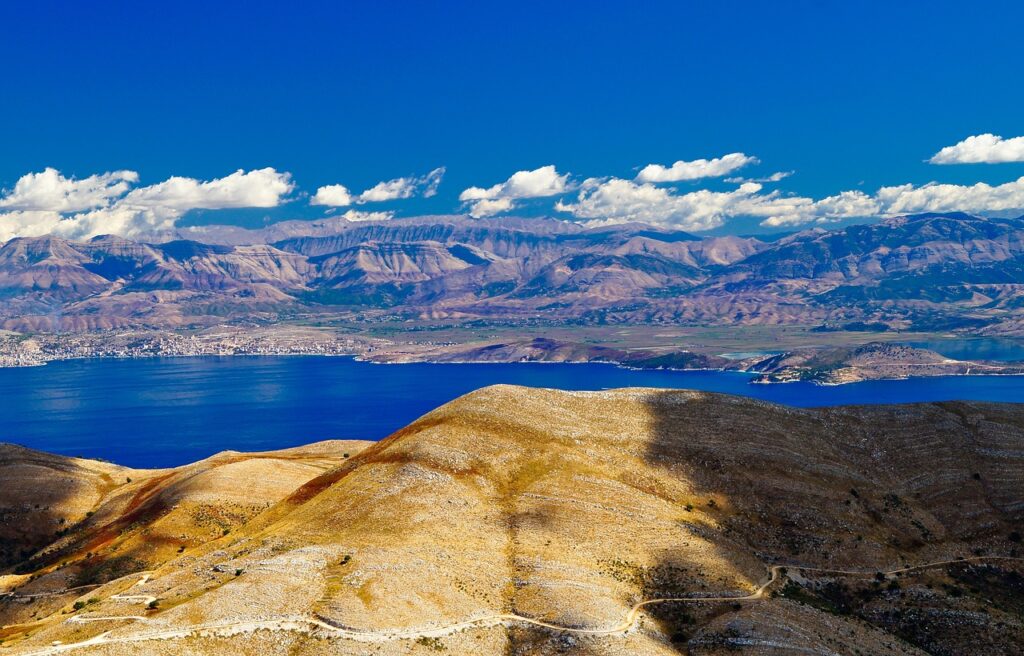
Tourist Attractions
- Tirana, the capital city of Albania, is a vibrant and modern destination with a rich history and culture. Visitors can explore the city’s museums, parks, and landmarks such as the Skanderbeg Square, the National History Museum and the Et’hem Bey Mosque.
- The Albanian Riviera, a stretch of coastline along the Ionian Sea, is a popular destination for its beaches, scenic villages and traditional culture.
- The ancient city of Butrint, a UNESCO World Heritage site, is an archaeological treasure trove with a well-preserved Roman theater and other ruins.
- The Valbona Valley National Park, in the northern mountains, is known for its beautiful landscapes, hiking trails and outdoor activities.
- The city of Berat, also known as the “town of a thousand windows” is a well-preserved Ottoman-era town with a castle and numerous historic houses and monuments.
- The city of Shkoder, is the largest city in northern Albania, known for its traditional culture, beautiful landscapes and the presence of the big lake of Shkoder.
- The city of Gjirokastra, is a UNESCO World Heritage site, known for its well-preserved Ottoman-era architecture, including stone houses and a fortress.
- The city of Saranda, is a seaside town with a lively atmosphere, beautiful beaches, and a historic castle.
- The city of Kruja, the birthplace of Albania’s national hero Skanderbeg, is home to a well-preserved medieval castle and a historical museum.
- The city of Durres, is an ancient city and one of the oldest continuously inhabited towns in Europe with a well-preserved Roman amphitheater and an archaeological museum.
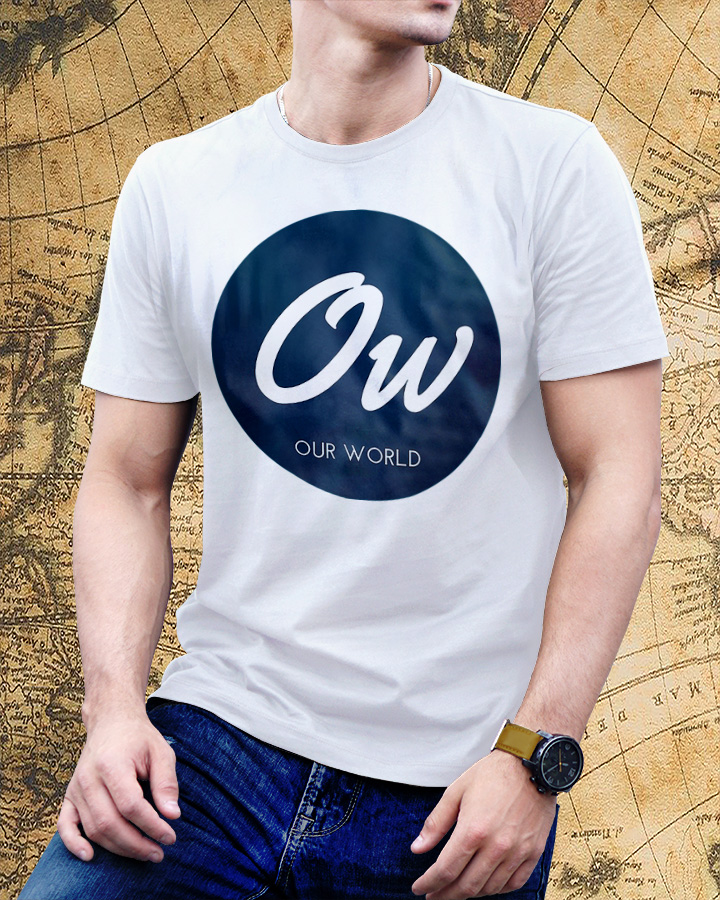
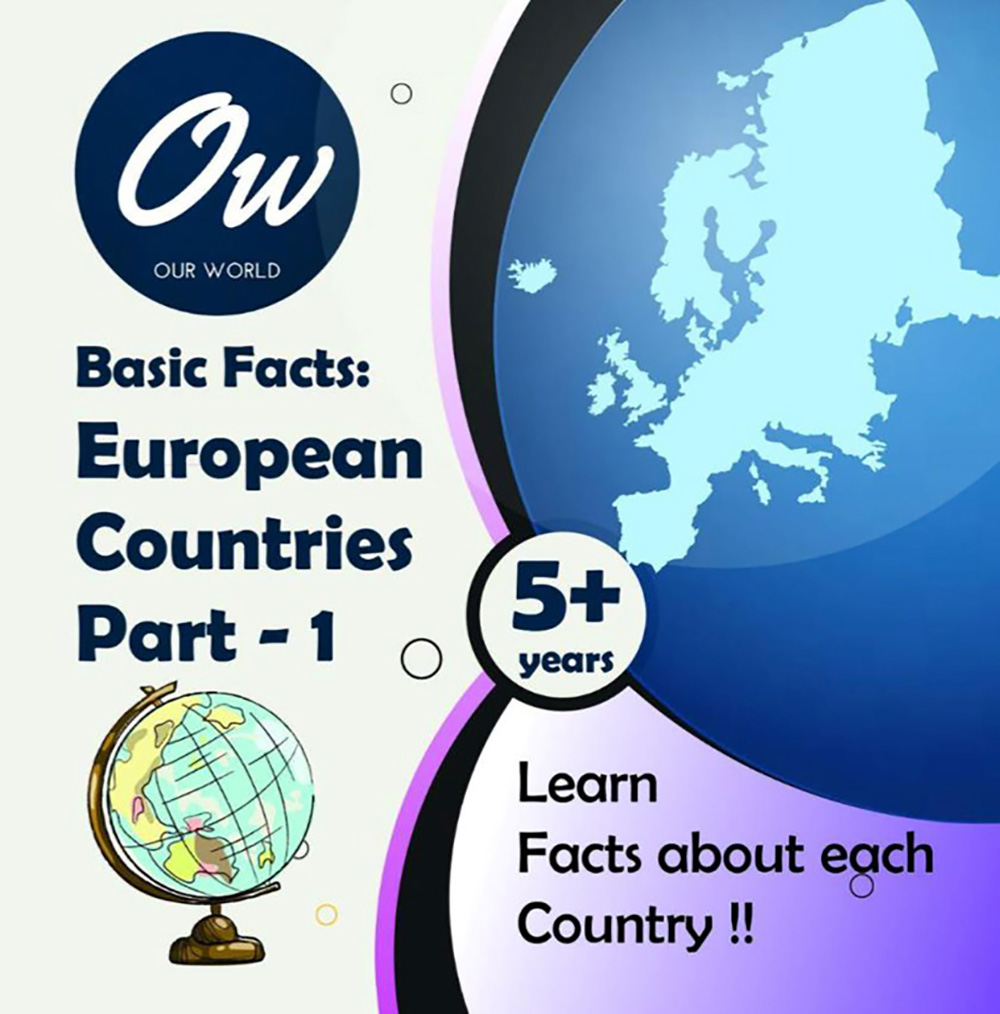

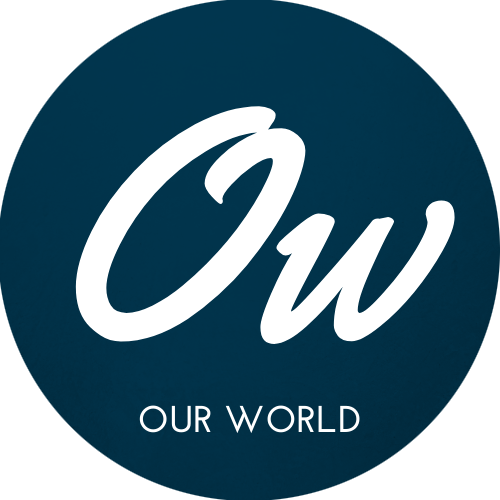

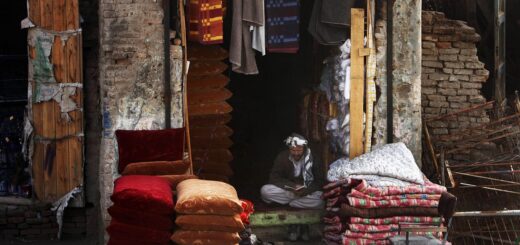
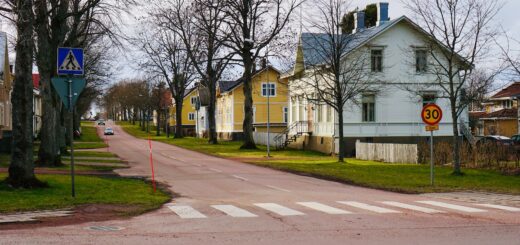
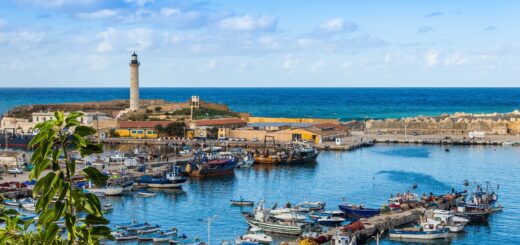






I’m not sure where you’re getting your info, but good topic.
I needs to spend some time learning more or understanding more.
Thanks for magnificent info I was looking for this info for my mission.